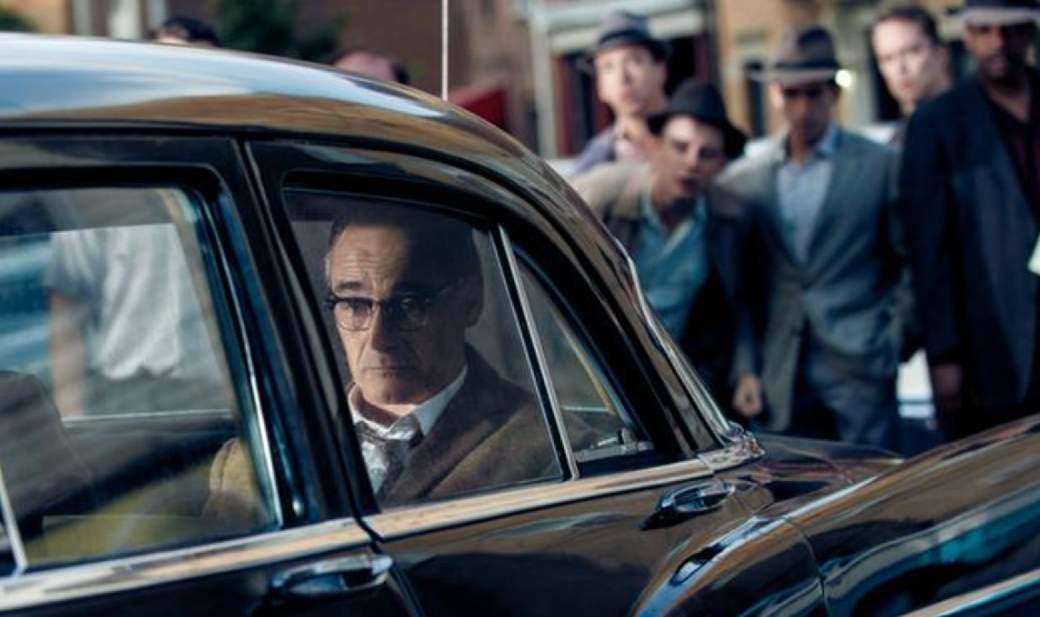Spy Swaps: Five Things You Need to Know
Spymasters go to great lengths to rescue their captured intelligence officers - including engaging in ‘spy swaps’. Here's what you need to know.
Q: How do spy swaps work?
A: There's more than one way. In 2010, 10 Russian ‘sleeper spies’ arrested in America were swapped for four British and American assets during a daylight exchange on the tarmac at Vienna’s airport. During the Cold War, Germany’s Glienicke Bridge was a popular exchange spot - 25 Americans were traded on the bridge for four Soviet and Polish agents in 1985, including Poland's Marian Zacharski.
Q: Why aren’t spy swaps a one-for-one deal?
A: One side may be interested in bringing home a high-level officer while the other side may be interested in several lower-level spies or dissidents. It’s a bit like teams trading athletes. Not all prisoners involved in a spy swap are necessarily intelligence agents. Anatoly Shcharansky, also called Natan Sharansky, was a Soviet dissident and human-rights advocate arrested by the KGB, accused of treason and espionage, and sentenced to 13 years in prison and hard-labour camps. He was released in a prisoner exchange with the West in 1986 and settled in Israel.
Q: Who negotiates the deal?
A: It depends. The CIA, FBI, and White House have all been involved in various negotiations. When the US wanted Cuba to release USAID worker Alan Gross, America’s negotiators also included, at various times, former US President Jimmy Carter and Pope Francis.

"The brand new social experience where you activate your gaming skills as you train like a spy."
- TimeOut
Take on thrilling, high-energy espionage challenges across different game zones.

Q: Why is Glienicke Bridge such a popular place for spy swaps?
A: During the Cold War, Glienicke Bridge was a restricted border crossing between Potsdam in East Germany and the American sector of West Berlin, so the Americans and Soviets used it for the exchange of captured spies. Steven Spielberg's Bridge of Spies made the bridge a household name.
Q: How long does it take to reach a deal?
A: There’s no formula. In the 2010 spy swap of Russian 'sleeper' agents, CIA director Leon Panetta reportedly negotiated the swap with his counterpart in Moscow within a few days. Other prisoner exchanges have taken years before an agreement is reached.

SPYSCAPE+

Join now to get True Spies episodes early and ad-free every week, plus subscriber-only Debriefs and Q&As to bring you closer to your favorite spies and stories from the show. You’ll also get our exclusive series The Razumov Files and The Great James Bond Car Robbery!


Gadgets & Gifts
Explore a world of secrets together. Navigate through interactive exhibits and missions to discover your spy roles.
Your Spy Skills
We all have valuable spy skills - your mission is to discover yours. See if you have what it takes to be a secret agent, with our authentic spy skills evaluation* developed by a former Head of Training at British Intelligence. It's FREE so share & compare with friends now!
* Find more information about the scientific methods behind the evaluation here.


Stay Connected
Follow us for the latest
TIKTOK
INSTAGRAM
X
FACEBOOK
YOUTUBE